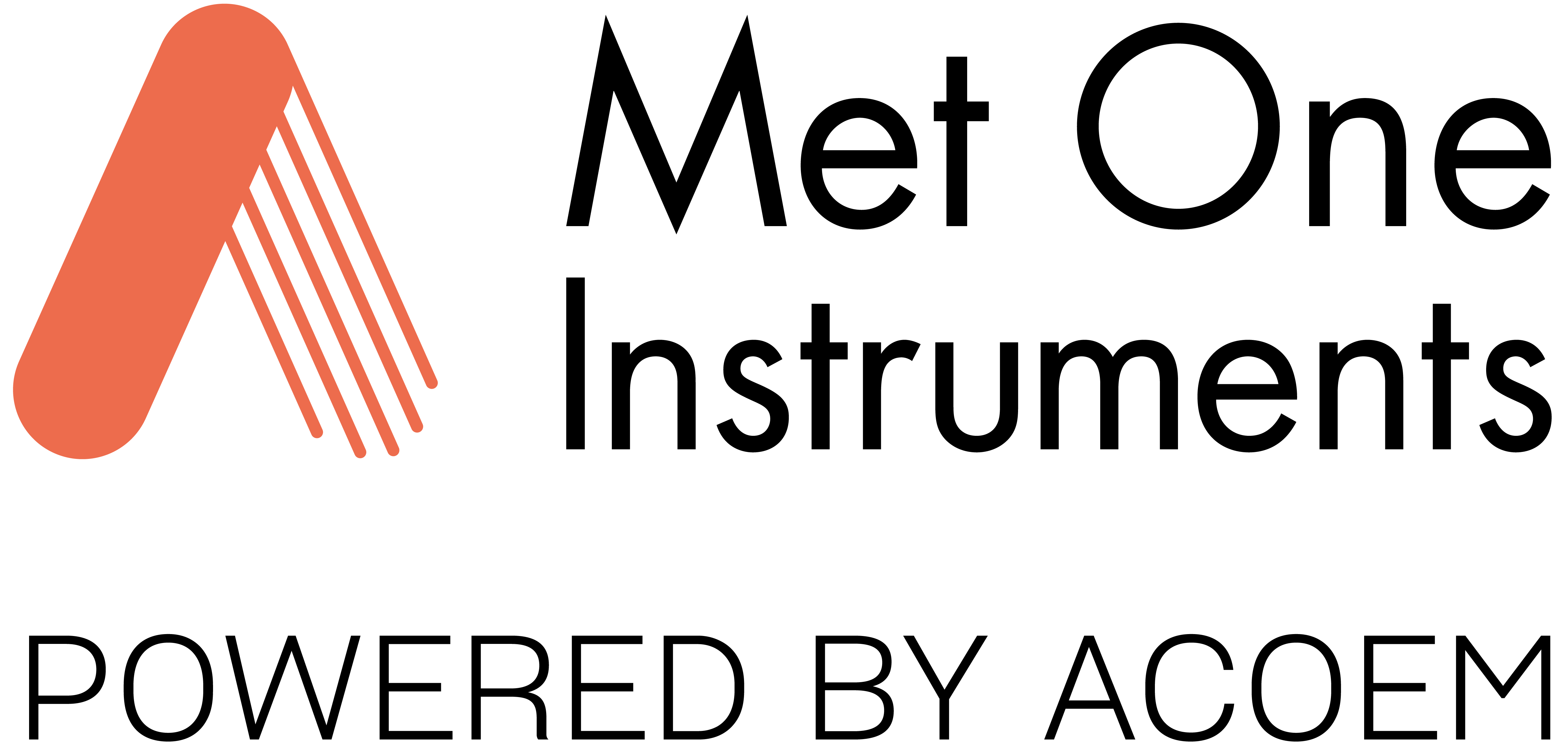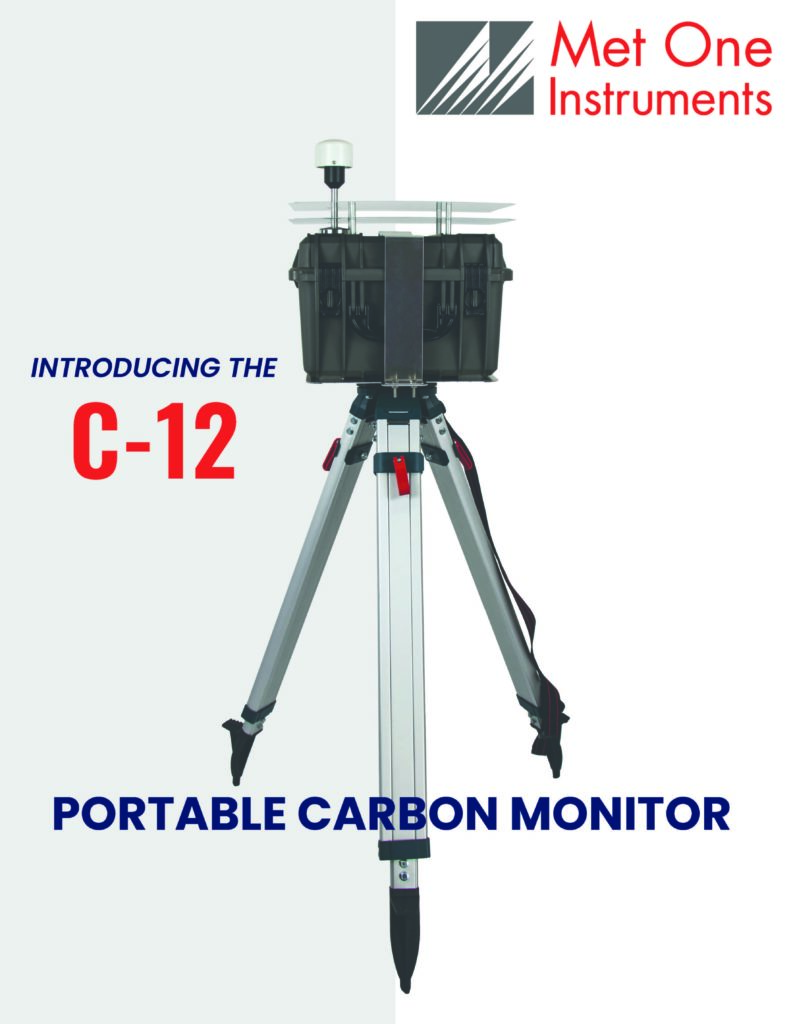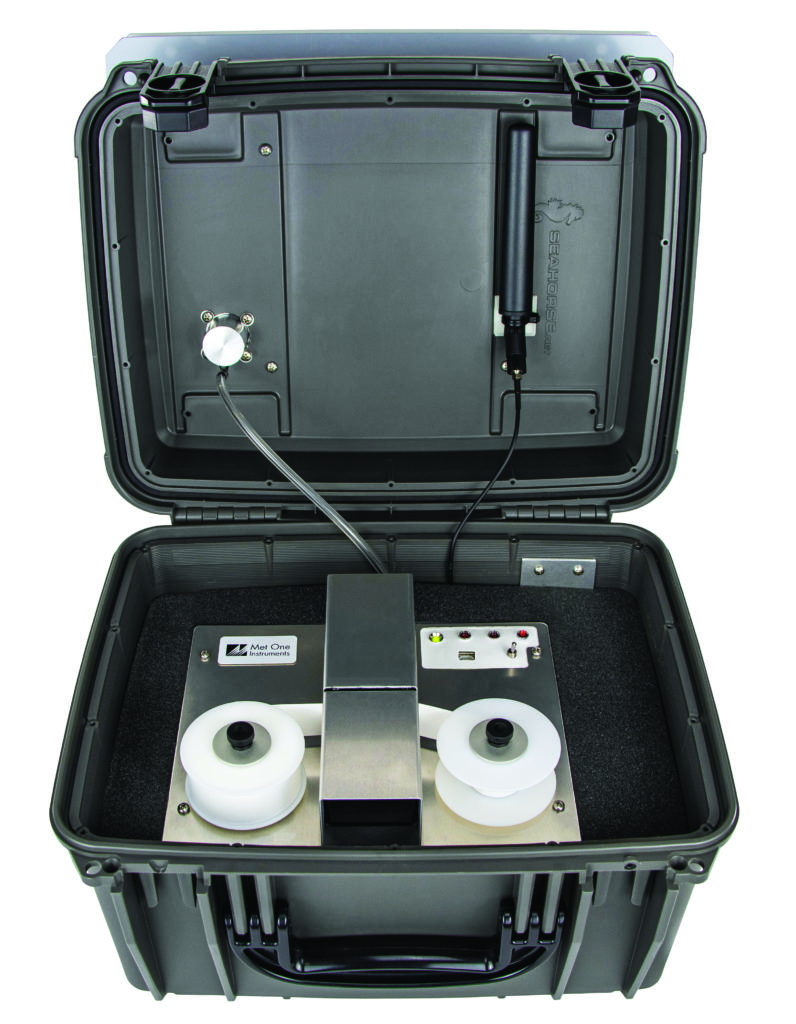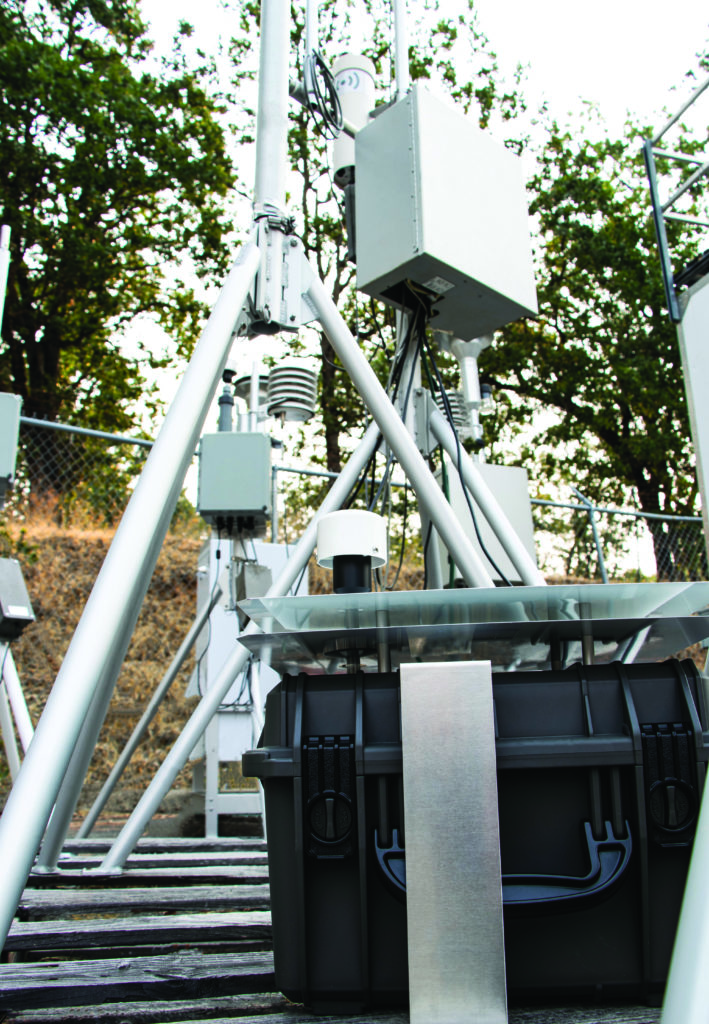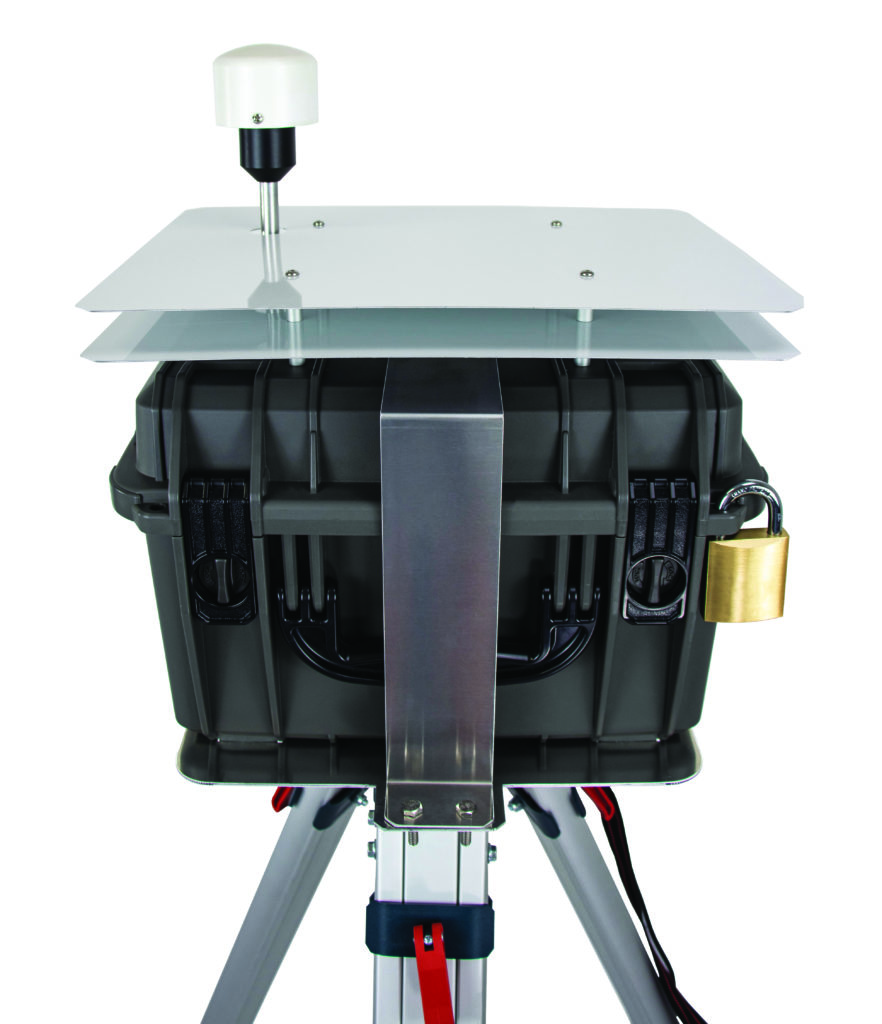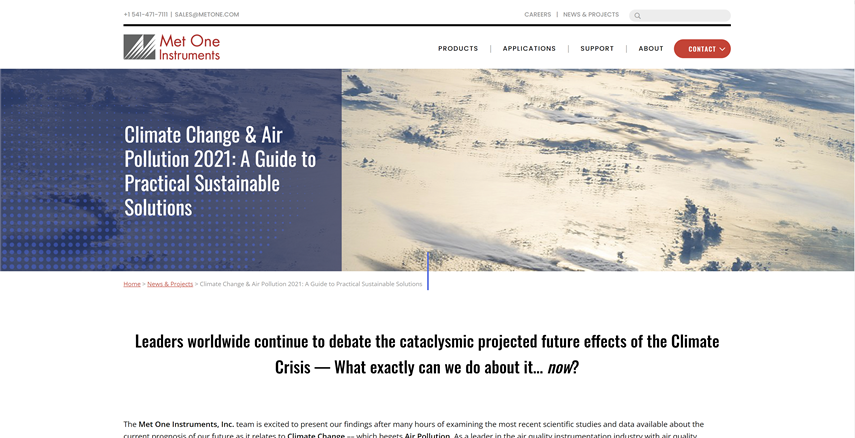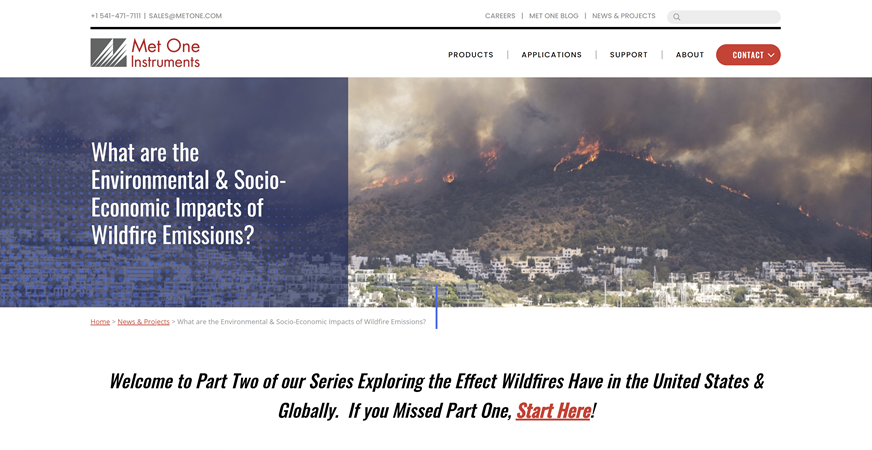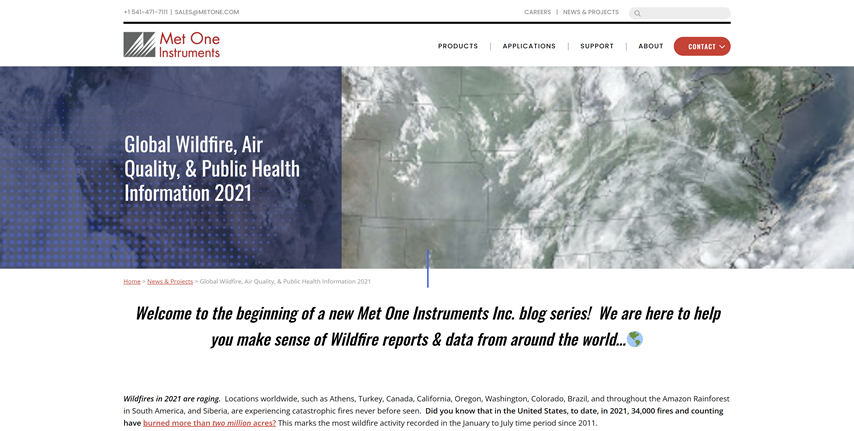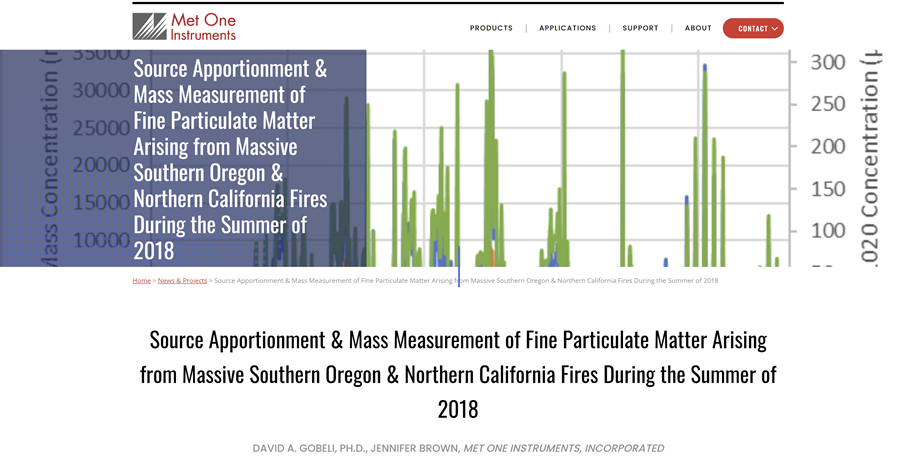Monitor Black Carbon with the ALL-NEW C-12: An Affordable Solution to a Critical Global Problem.
Imagine a world where Black Carbon and Brown Carbon may be routinely measured and reported with low-cost sensors. These BC/ BrC sensors:
• Are the most cost-effective Bc/ BrC instruments on the market.
• Are industrial-grade in a heavy-duty package.
• Are self-contained, eliminating the need for an environmental shelter.
• Can measure both BC & BrC.
• Have optional GPS & meteorological sensors.
• Are compact, with pole or tripod mounting options.
• Can communicate via WiFi or cellular network & may be hardwired to a data logger.
• Can run for up to 4 months between servicing.
• Employ filter media capable of making more than 2,000 samples.
• Can run off batteries, solar power, or AC power.
The GROUNDBREAKING Black Carbon, Brown Carbon, & Source Apportionment Monitor with One-Minute Time Resolution.
Particulate matter, “PM,” obscures visibility. It has a detrimental effect on human health, and it drives climate change. Black carbon, “BC,” and Brown Carbon, “BrC,” are two types of PM that are among the worst blockers of visibility and contain chemical compounds that are known cancer-causing agents. BC drives climate change and global warming more acutely than other PM because of its color, absorbing more solar radiation than lighter colored particulate.
Both BC and BrC arise exclusively from combustion. BC arises from either fossil fuel or biomass combustion, while BrC arises exclusively from biomass combustion.
In the face of all these clear and present dangers, BC and BrC are not regularly measured or reported despite the benefit such information could bring to the public and private sectors. Two of the biggest impediments to the widespread use of carbon monitors are cost and ease of use.
Carbon monitors based on either of the commonly used measurement principles, tape-based absorption, or thermo-optical methods, can easily cost $30,000-$50,000 per instrument and often contain features that are of no interest to most stakeholders. Certain carbon monitors employing thermo-optical methods can cost $100,000 per measurement and do not adapt well to routine field use because of their complexity of operation.
Another serious obstacle to the widespread monitoring of BC and BrC is the lack of concentration standards for these critical pollutants. With no standard, there can be no regulation. That there is no standard has to do with the complexity of BC and BrC. Instead of being viewed as single pollutants of interest, such as ozone, or carbon monoxide, BC and BrC should be viewed as classes of compounds likely to interact with the environment and evolve.
OBTAIN THE BIGGER PICTURE WITH UNMATCHED VALUE FOR GRANULAR DATA
Under the aforementioned conditions, applications that were previously inaccessible to carbon monitoring are now within reach. These include:
SATURATION MONITORING
It is all about the granularity for this type of application. If each “grain” costs $30,000 and provides you with useless information, then the level of granularity will be greatly limited by budget. If the basic sensor costs around $3,000, then we can start talking about doing granular measurements. How much would it cost to set up a network in San Francisco (area 232 square miles) with four sensors per square mile? That would be 928 sensors.
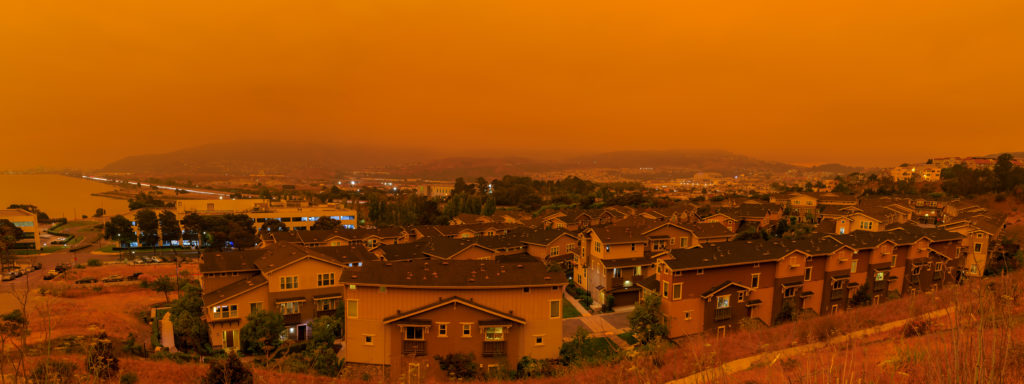
Current monitoring instrument choices run between $10,000 and $35,000 and include features not required for a high-density granular network, such as several illumination wavelengths and accessories not designed for ground-based measurements. Competitor instruments also require a shelter in which the instrument must operate, adding cost and real estate to the equation.
Why employ a device that provides 7-10 illumination wavelengths when the user only needs 1 or 2? Why provide an altimeter or an accelerometer for a ground-based measurement? Why employ a device that requires excessive real estate (which is quite expensive in San Francisco) when we can offer a device that’s easily installed on a utility pole, out of tampering reach? For a basic measurement requiring only one illumination wavelength, GPS, and cellular modem communication, one can expect to spend around $3,000 for the C-12. We show what it would cost to equip San Francisco with 928 of each carbon monitor for comparison purposes.
| MOI Inc. C-12 | Competitor 1 | Competitor 2 | |
| Unit Price | $3,000 | $10,000 | $35,000 |
| Network Price | $2,784,000 | $9,280,000 | $32,480,000 |
ROADSIDE MONITORING
Roadside monitors measure pollutants coming from vehicle exhaust and stirred up dust. In other words, a carbon monitor that is part of a roadside monitoring network will need to measure BC only. BrC does not need to be part of any roadside carbon measurement.

The C-12, with either a cloud modem or WiFi, is ideally suited for this application. One illumination wavelength (880 nm) is all that is required. No need for years of data storage, accelerometers, or “easy-to-exchange [but limited and costly] filter cartridges.” The C-12 is easily set up, powered by solar, batteries, or household electricity, and transmits data to a remote server via WiFi or cellular modem immediately.
NEIGHBORHOOD & COMMUNITY MONITORING
With its low price, we expect interest from private community-based monitoring organizations, and environmental activists especially as the C-12 is “plug and play” and does not require extensive training to operate.
The C-12 can easily be installed in a backyard, on a lamppost, or a utility pole as it does not require an environmental shelter. If the monitoring site is at a location where PM originating from the combustion of fossil fuels is the sole source of BC likely to be present, then the basic one-channel C-12 is all that is required. If, on the other hand, fossil fuel-based BC and BrC originating from the combustion of biomass are present, then the two-channel version of the C-12 would be appropriate.
Neighborhood-based monitoring with the C-12 can help answer the following questions:
• Are the BC levels in a community higher or lower than the prevailing regional concentrations of BC?
• Are neighbors in a community burning trash, tires, or other fuels that they should not be burning?
• Are significant industrial concerns such as factories, refineries, railway yards, shipyards, or ports contributing excessively to the degradation of the local air quality?
These questions can be quickly answered with the C-12 Portable Carbon Monitor. A few monitors dispersed near the potential source of BC and/or BrC could provide conclusive evidence when positioned either upstream or downstream of the source.
ADDITIONAL PARAMETER FOR GOVERNMENT AIR QUALITY MONITORING NETWORKS
Neither BC nor BrC are “Criteria Pollutants,” meaning that the EPA and many other governmental bodies do not regulate the maximum permissible concentrations. The most popular, best-established BC monitors cost more than regulatory grade PM monitors making it less likely that government agencies will spend their discretionary funds purchasing a carbon monitor. The new ultra-affordable C-12 Portable Carbon Monitor solves this problem, inexpensive enough to purchase with a credit card.
Mounting Options Include:
• FREESTANDING
• POLE-MOUNT
• TRIPOD-MOUNT
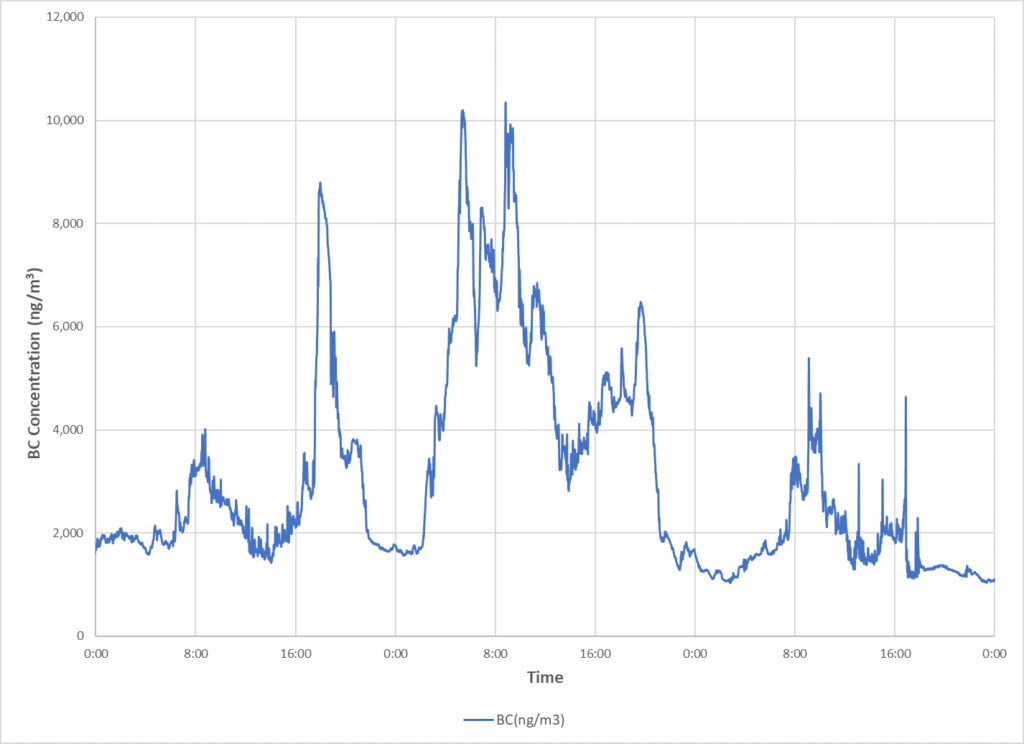
CONCENTRATION
GRANTS PASS, OR DURING NEARBY WILDFIRE EVENT
💡 1-MINUTE TIME RESOLUTION, 15- MINUTE TIME INTERVAL UPDATES
💡 OPTIONAL BrC WAVELENGTH, IDEAL FOR MEASUREMENTS DURING FIRE EVENTS
